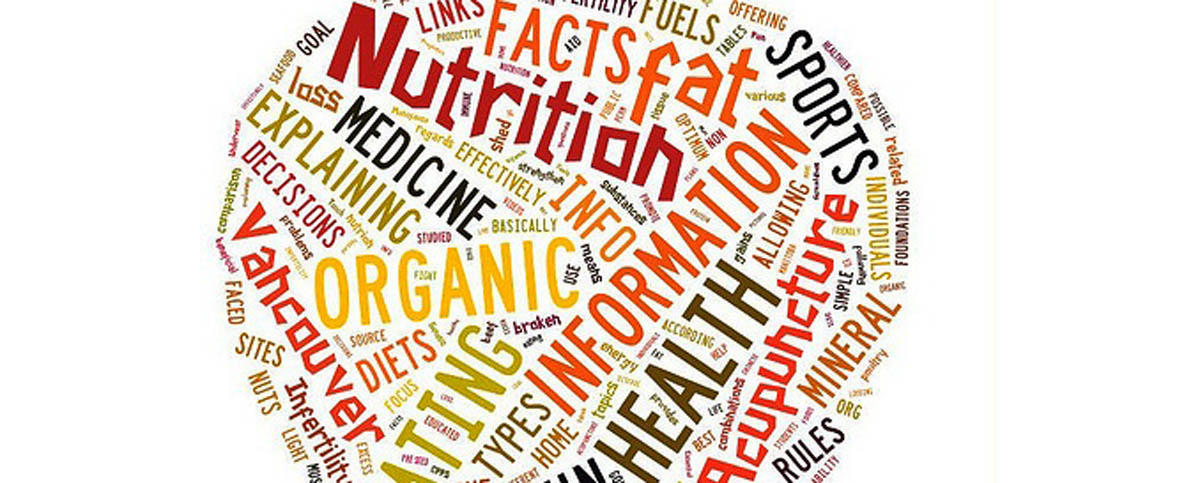Table of Contents
Scales
You need food/kitchen scales. This is completely non-negotiable. There’s simply no way you can eyeball your food and guess how much it weighs. Weighing cups are unreliable too – use the scale and you won’t go wrong.

As you get used to portion sizes, you can just guesstimate low-calorie foods like dark green and brightly colored vegetables, or low-sugar fruits such as berries, and even lean meats – chicken breast, turkey, extra lean steak, etc. Putting in the small amount of extra effort to weigh everything to start with will pay dividends and make everything easier in the long run though.
Macro Counting Apps and Websites
Unless you have the technological skills of a 112 year old, using a website or an app on your phone or tablet is by far the easiest way to keep track on your macros. You can use a pen and paper, but if you’re eating lots of different foods throughout the day, this can become a real pain. Plus you may need to be a bit of a math whizz to go this route.
Eating Out
Eating out can be tricky, but they key is to pick simple dishes that you can guess. You don’t have to be 100 percent accurate on everything, unless you’re really following a strict plan and coming up to a photo shoot or bodybuilding show.
Choose meals that you can easily guess amounts and see all the ingredients in. A pie, lasagna, or meatloaf for instance will be almost impossible to guess accurately. A plain beef burger with a side salad and some potatoes, a chicken salad, or a salmon stir fry on the other hand should be a breeze to estimate.
Don’t forget too that many chain restaurants have nutrition and macronutrient information on their sites and on the calorie counting trackers.
Eat Set Meals
Variety is the spice of life, but for the sake of convenience, you’re better having a set few meals that you rotate when at home. Learn to cook 10 or so awesome macro-friendly meals and switch between these each evening. Most people eat very similar breakfasts and lunches every day, but evening meals can vary. By having the same dishes on a regular basis, you eliminate the chances of grossly over or underestimating macronutrients.
Leave Some Leeway
This is a personal preference tip, but you may find it easier to go 10 grams under on carbs and 5 grams under on fat every day. This them leaves you a little room for adding things like condiments, a dash of milk in your coffee, sweetener, diet drinks that contain minimal calories, and so on. Tracking all of these down to the precise gram can be a real pain, but provided you don’t go mad on them, leaving just a few calories left over is fine.
- "Counting Calories: A No-BS Guide"
- By J.C Deen
- September 1, 2011
- Accessed on May 9th, 2013
- Retrieved from http://www.jcdfitness.com/2011/09/counting-calories-a-no-bs-guide/


Your thoughts on this